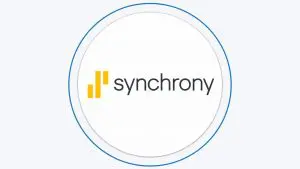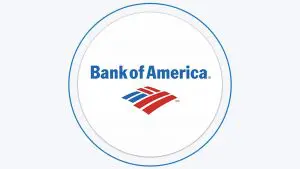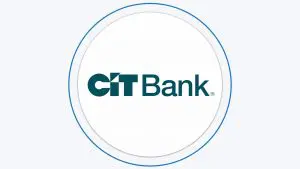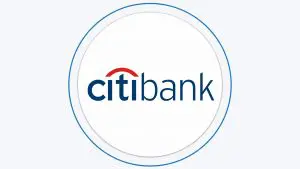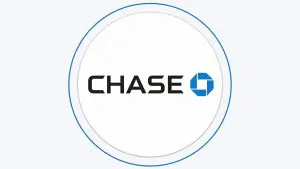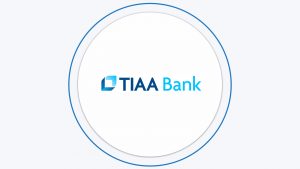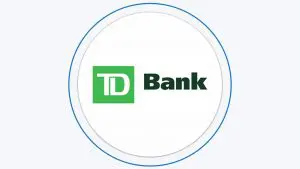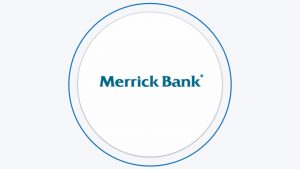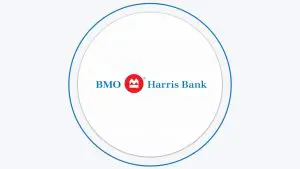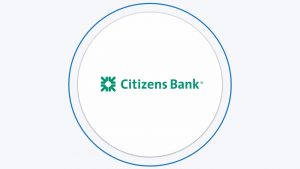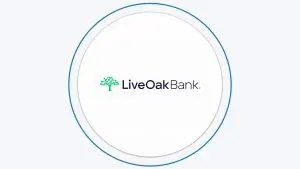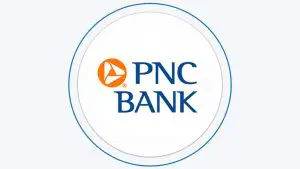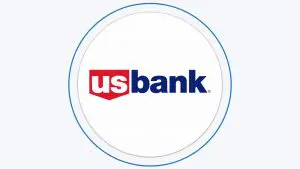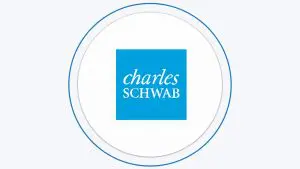Table Of Content
In today's interest rate environment, certificates of deposit (CDs) can be a smart investment option for savers who want to earn a bit more on their money without risking it in the stock market.
Both Chase and Wells Fargo banks are well-established in the United States, but their CD offerings differ in terms of rates, terms, and minimum deposits.
In this article, we'll take a closer look at the CD options from these two banks, so you can make an informed decision about where to put your money.
Chase | Wells Fargo | |
|---|---|---|
CD Range | 0.02% – 4.00% | 0.01%- 4.00% |
Minimum Deposit | $1000 | $2,500 |
Early Withdrawal penalty | 90 – 365 days of interest | 1 – 6 months of interest |
Terms | 1 to 120 months | 3 months – 13 months |
How Do CD Rates Compare?
While Wells Fargo offers few terms and has much less flexibility compared to Chase CDs, when it comes to CD rates – their rates are a bit higher.
Both Wells Fargo and Chase offer higher APY on a few terms – Chase's rate is better for three months, while Wells Fargo's is better for 6 and 12 months. Besides these terms, the APY is quite low compared to other banks.
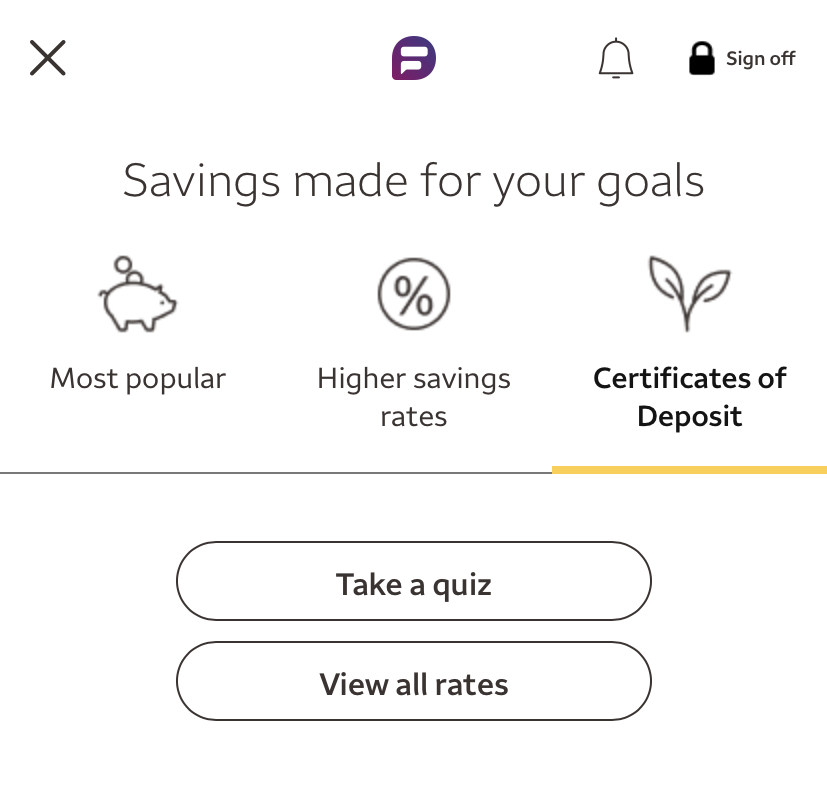
Also, both Chase and Wells Fargo CDs have an interest rate range. To get the higher rate of Chase, you'll need to deposit at least $100,000. To get the higher rates of Wells Fargo, you'll need to deposit at least $5,000 and have a relationship with the bank – means the eligible account must remain linked to a Prime Checking, Premier Checking or Private Bank Interest Checking account.
CD Term | Chase APY | Wells Fargo APY |
|---|---|---|
3 Months | 2.25% | 2.00% |
6 Months | 1.50% | 3.75% – 4.01% (7 months) |
9 Months | 2.00% | N/A |
12 Months | 2.00% | 4.50% – 4.76% (11 months) |
18 Months | 2.00%
| N/A |
24 Months | 2.00% | N/A |
30 Months | 2.00% | N/A |
36 Months | 2.00% | N/A |
48 Months | 2.00% | N/A |
60 Months | 2.00% | N/A |
120 Months | 2.00% | N/A |
Top Offers From Our Partners
Compare CD Early Withdrawal Penalty
If you're looking for a short term CD and you may need the money before the maturity date, you may want to do it with Wells Fargo.
Wells Fargo's early withdrawal penalties are smaller than what Chase charges. For example, for 3 month CD you'll pay only 1 month of interest, while Chase charges all interest accumulated up to the withdrawal date.
CD Term | Chase | Wells Fargo |
|---|---|---|
3 Months | 90 days of interest | 1 month of interest |
6 Months | 180 days of interest | 3 months of interest |
9 Months | 180 days of interest | N/A |
12 Months | 180 days of interest | 6 months of interest |
18 Months | 180 days of interest | N/A |
24 Months | 365 days interest | N/A |
30 Months | 365 days interest | N/A |
36 Months | 365 days interest | N/A |
48 Months | 365 days interest | N/A |
60 Months | 365 days interest | N/A |
120 Months | 365 days interest | N/A |
A Closer Look at Chase and Wells Fargo CDs
Lorem ipsum dolor sit amet, consectetur adipiscing elit. Ut elit tellus,
Wells Fargo and Chase are both major banks that offer certificates of deposit (CDs) to savers. Wells Fargo CDs require a minimum deposit of $2,500, except for the special five- or 11-month CD which requires a minimum deposit of $5,000.
The interest on Wells Fargo CDs is compounded daily and paid monthly, but you can choose other payment options such as quarterly, semi-annually, annually, or at maturity.
nec ullamcorper mattis, pulvinar dapibus leo.

If you withdraw your money from a Wells Fargo CD before the agreed-upon term, you'll be subject to an early withdrawal penalty. For CDs with terms between three and 12 months, the penalty is three months' worth of interest.
Chase offers relationship rates on their CDs, which means you need to have a Chase checking account to qualify, and the minimum deposit is $1000. If you withdraw money from your Chase CD before it matures, you'll incur a penalty that results in your account forfeiting some of the previously earned interest.
Additionally, Chase automatically renews CDs unless you opt out, but you have a 10-day window to withdraw your funds after renewal.
How We Compare CDs: Methodology
In our comprehensive certificate of deposit (CD) comparison, The Smart Investor team meticulously evaluated various CDs across four key categories to assist you in selecting the most suitable option for your savings goals.
- CD Rates: We thoroughly examined the interest rates offered by each CD, considering their competitiveness in the market. Higher rates typically translate to greater returns on your investment over the CD's term. Additionally, we scrutinized any special promotional rates or conditions that might affect the overall value of the CD.
- CD Features: This category focuses on the unique features and terms associated with each CD. We assessed factors such as minimum deposit requirements, early withdrawal penalties, and the availability of flexible terms. Additionally, we considered any additional perks like interest compounding frequency or options for automatic renewal.
- Customer Experience: A positive customer experience is crucial in banking, and we evaluated each institution's performance in this regard. We looked into aspects such as the ease of opening a CD, the quality of customer service, and the availability of support channels. Reviews from reputable sources such as Trustpilot and JD Power rankings were also considered to gauge overall user satisfaction.
- Bank Reputation: The reputation of the bank is a significant factor in the decision-making process. We examined the bank's financial stability, regulatory compliance, and public perception to assess its overall trustworthiness and reliability as a CD provider.
Compare Chase CDs
Overall, Capital One CD rates are higher than Chase. Compare CD rates, minimum deposit, early withdrawal fees, and alternatives.
Compare Wells Fargo Certificate Of Deposit (CDs)
Bank Of America and Wells Fargo offers high CD rates only on specific terms. Compare rates, minimum deposit and early withdrawal fees.
While Citi Bank offers competitive CD rates on most terms, Wells Fargo offers high rates on specific terms. Compare rates and withdrawal fees.


